Question:
The half-life of a radioactive substance is 3200 years. Find the quantity $Q(t)$ of the substance left at time $t > 0$ if $Q(0)=20$ $grams$?
Solution:
Context
The general exponential decay function is defined as:
$Q(t) = Q_0e^{-k(t-t_0)}$
$Q_0$ is the initial quantity, $-k$ is the “proportionality constant”, $t_0$ is the initial time, and $t$ would be any time duration.
For radioactive decay problems, $-k$ is treated as the “decay constant”
Since $\tau$, or the “half-life,” is the amount of time at which a radioactive material’s quantity is reduced to half, we can turn $Q(t)$ into,
$Q(\tau) = \frac{Q_0}{2} = Q_0e^{-k(\tau-t_0)}$
$\frac{Q_0}{2} = Q_0e^{-k\tau}$
where $t_0 = 0$ and $t = \tau$.
We then solve for $k$ by canceling like terms and taking the natural logarithm of the equation:
$\ln(\frac{1}{2}) = \ln(e^{-k\tau})$
((Recall that $\ln(\frac{a}{b}) = \ln(a)-\ln(b)$ and $\ln(1) = 0$))
$-\ln(2) = -k\tau$
$k = \frac{ln(2)}{\tau}$
Actual solution
With these in mind, for Exercise 4.1.1, only algebra would be needed.
Given that $t_0 = 0$ and $Q(0) = 20$ $grams$,
$Q(t) = 20e^{-k(t-0)}$
And since $\tau = 3200$ $years$, solving for $k$ would yield
$k = \frac{ln(2)}{3200}$
Therefore, the quantity over time of a 20 gram substance with a 3200 years half-life can be found using,
$Q(t) = 20e^{-\frac{ln(2)}{3200}t}$
Note:
We don’t simply use $Q(t) = Q_0e^{-k\tau}$ or $Q(t) = 20e^{-k(3200)}$ as the solution because the resulting equation will NOT give us different values of $Q(t)$ at $t>0$, only at $t = \tau$. Remember that $\tau$ is just a value of $t$.
Solution by Brian and Jian Hui
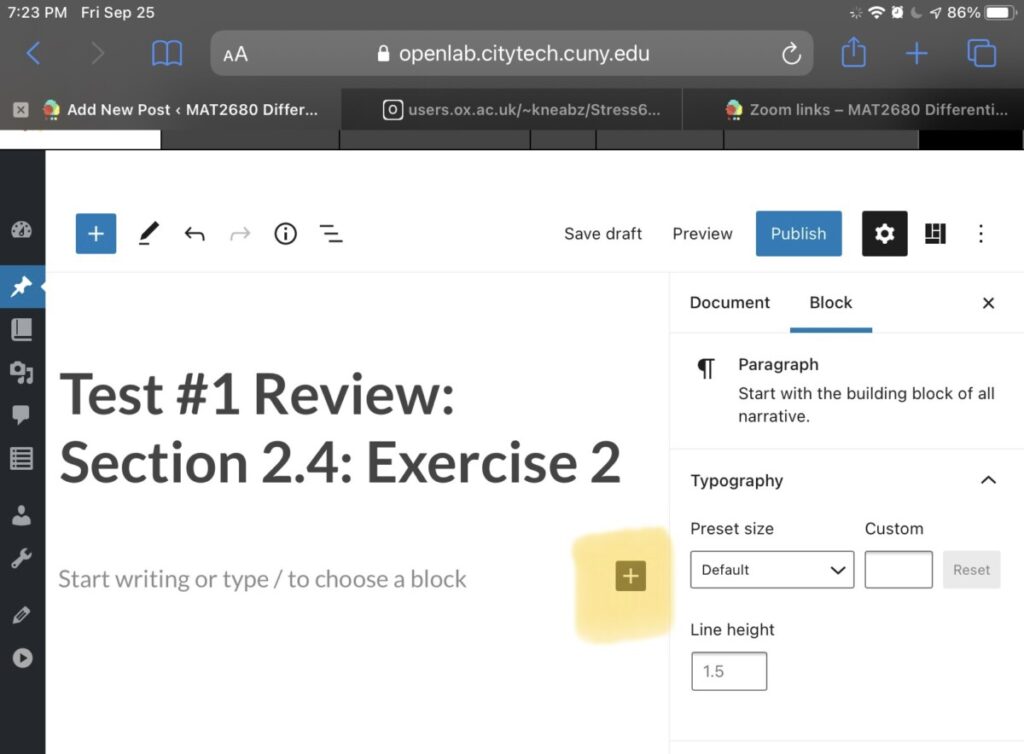
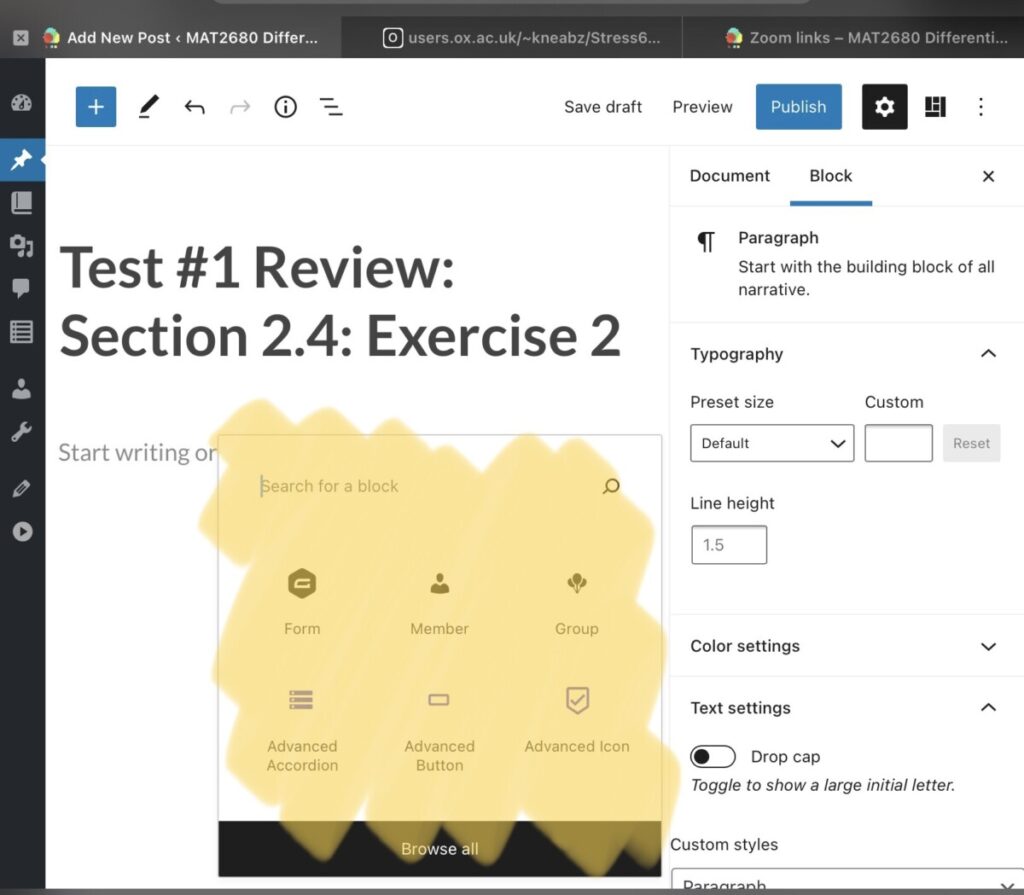

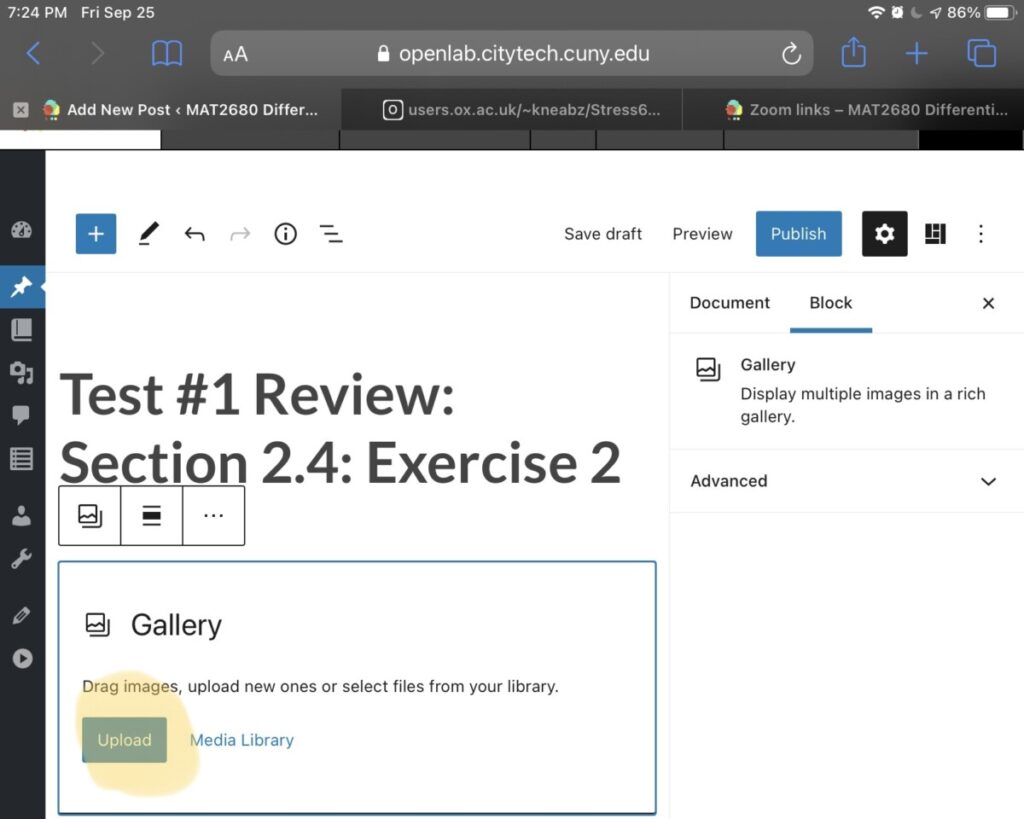
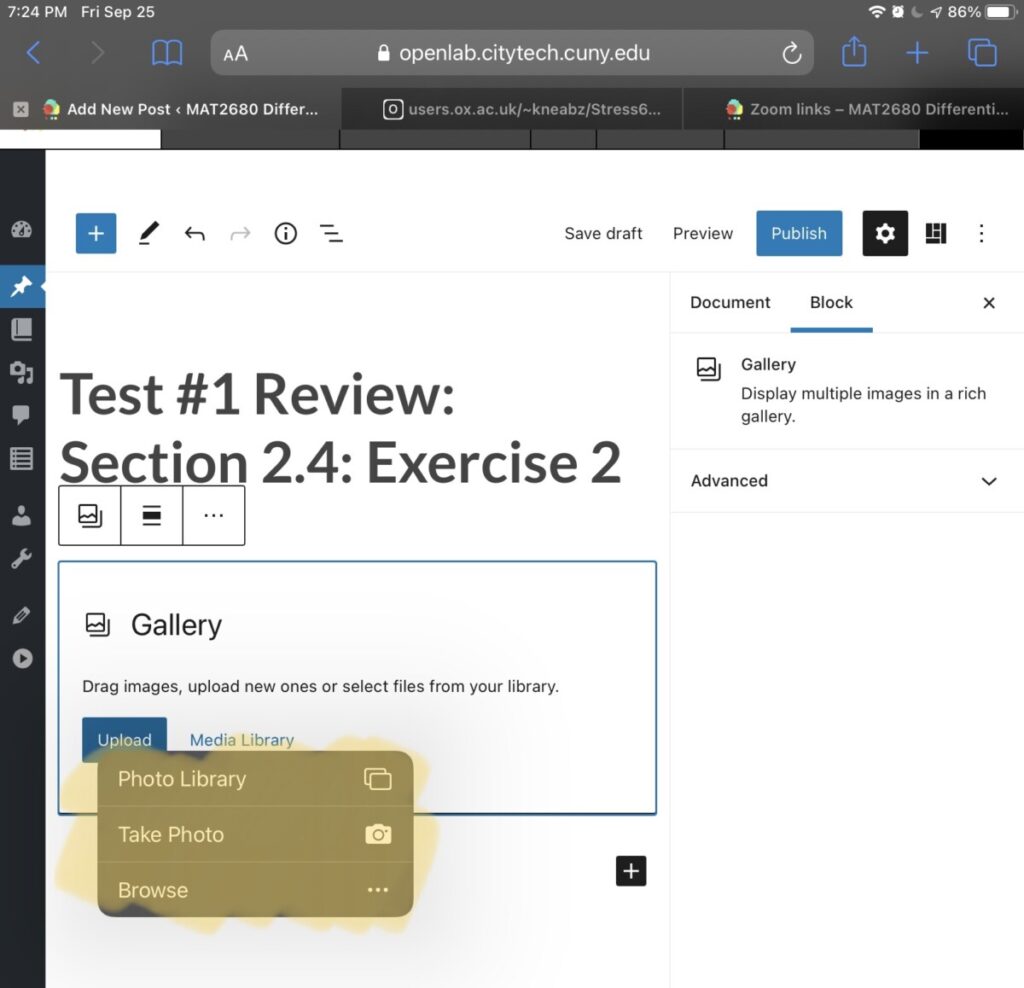
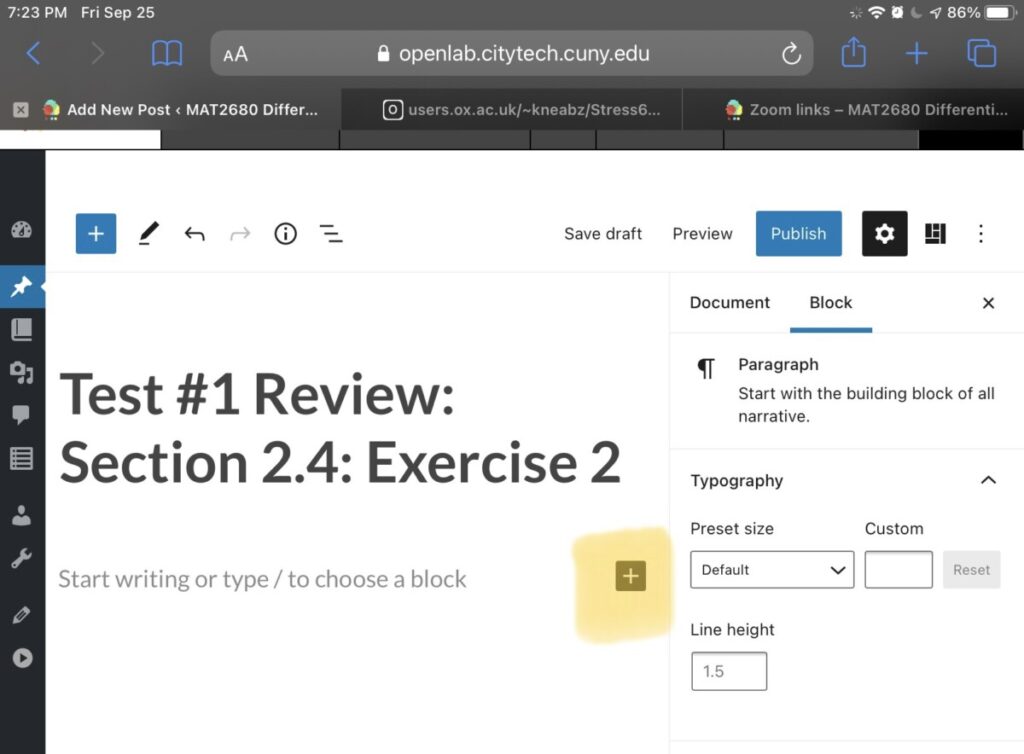


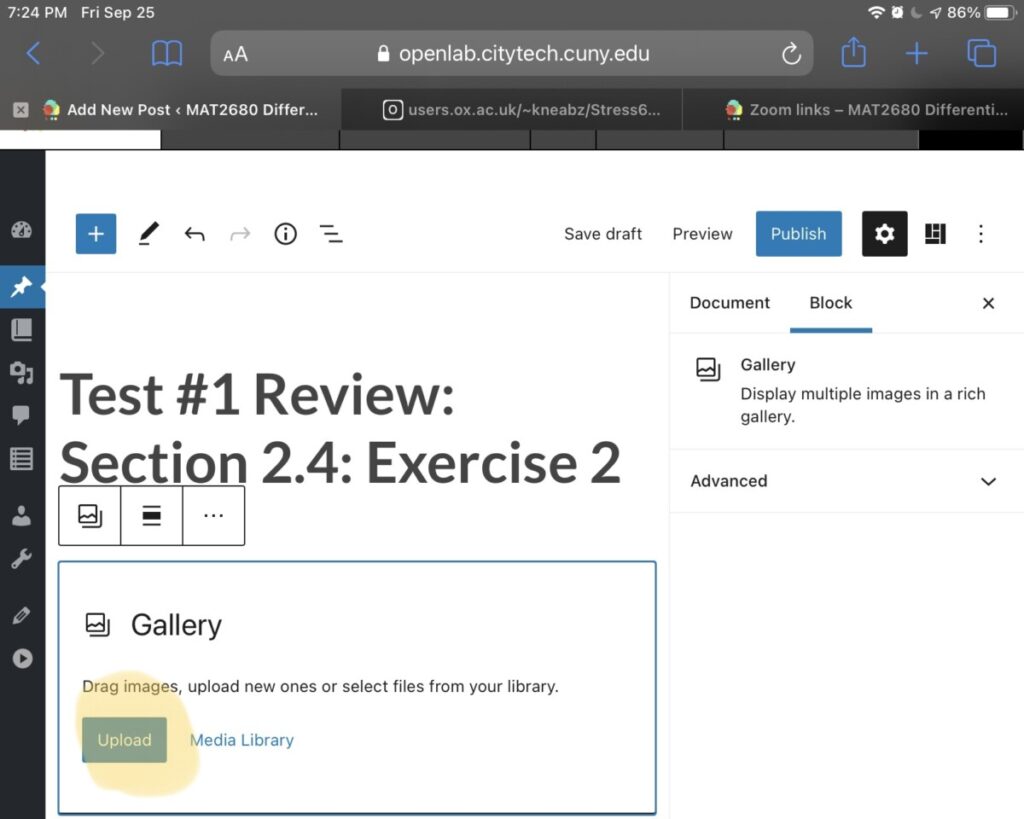

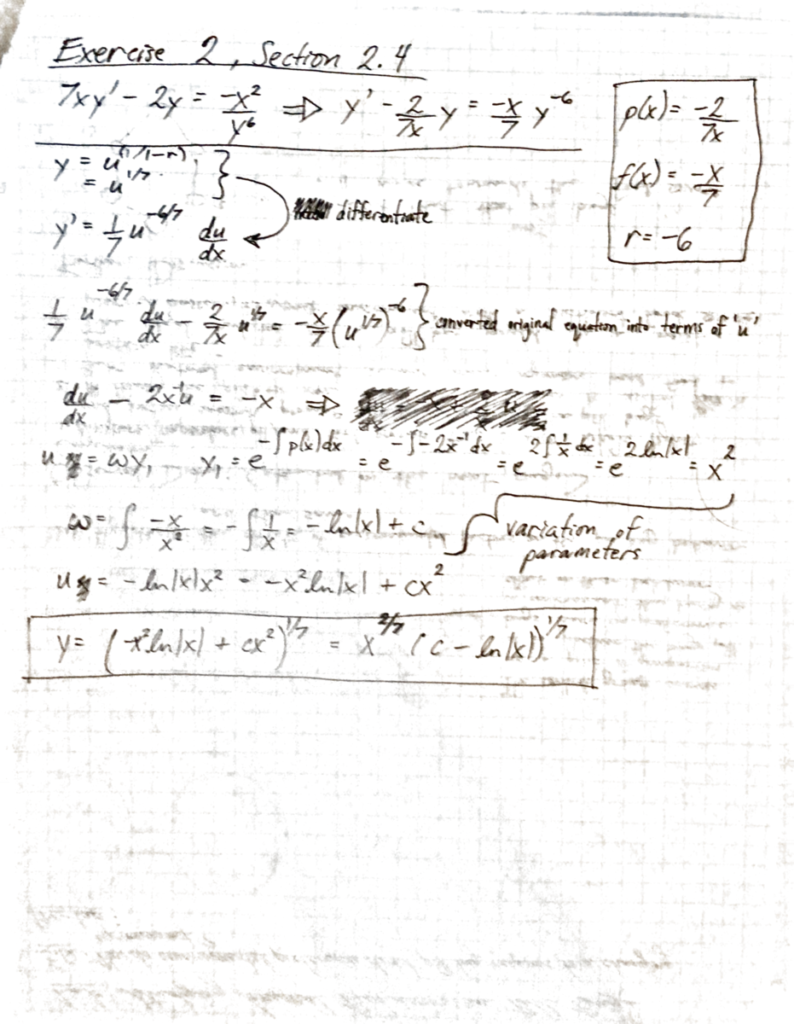




Recent Comments